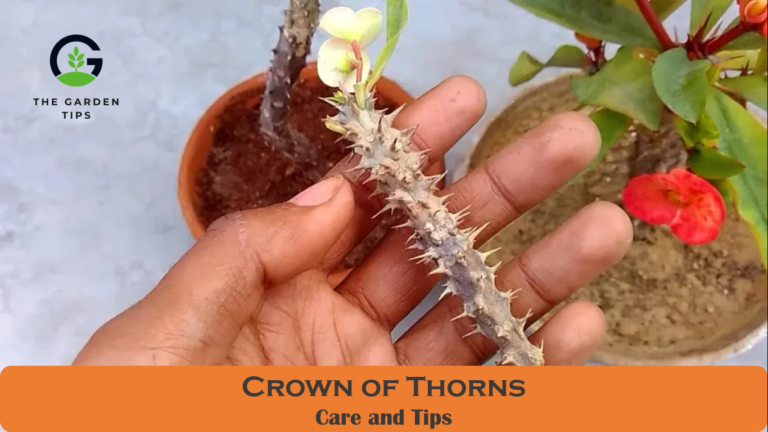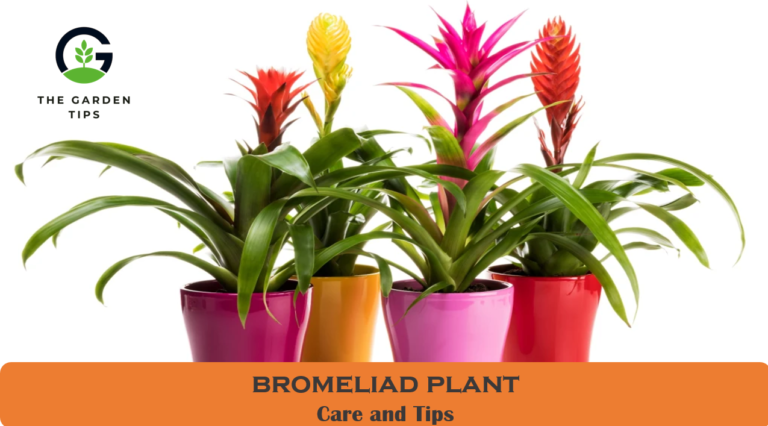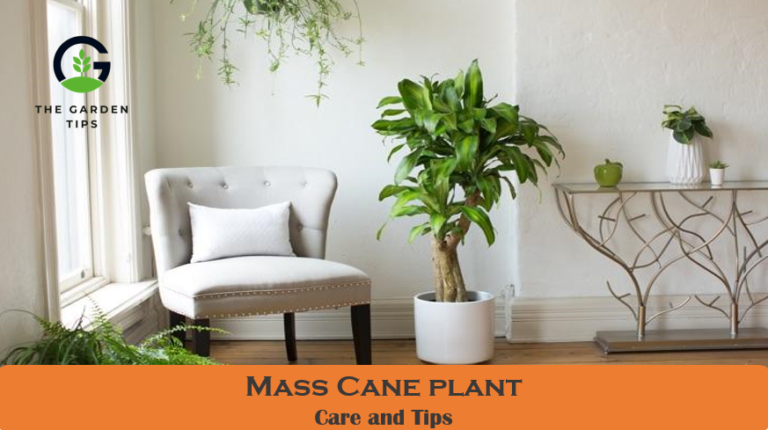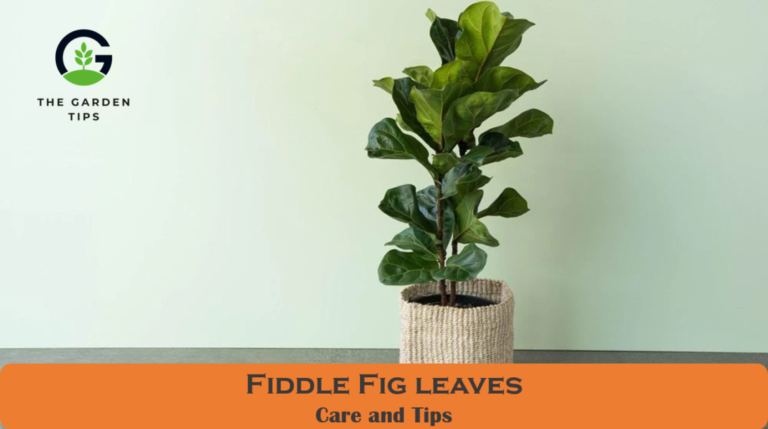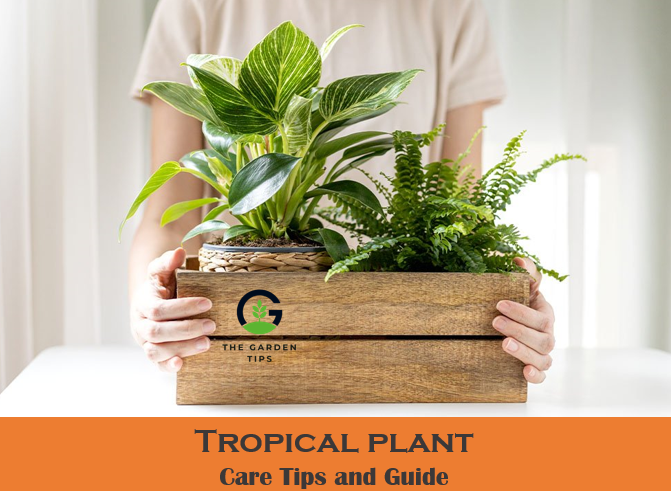Mimosa pudica, a creeping shrub or herb native to the regions of Central America and South America, is known as a sensitive plant because of its fascinating leaf action when touched. The leaves of a delicate plant are covered in tiny hairs. Folding inwards when activated by touch or warmth, these hairs are susceptible. Natural defense mechanisms of sensitive plants include this response to stimuli. In this article, the experts cover all the topics “How to take care of a sensitive plant.”
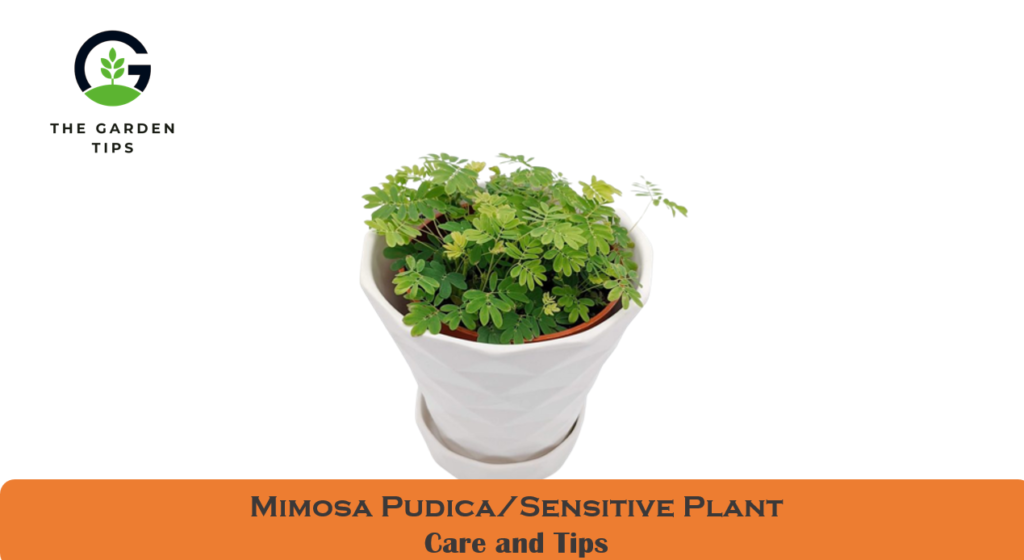
Sensitive plants are excellent houseplants since they require little attention and are easy to care for. Small, light purple flowers resemble pom-poms, and the leaves have a delicate, fern-like appearance. When a plant is young, it tends to climb, but as it matures, it tends to crawl. They’re growing at an incredibly rapid pace.
The sensitive plant isn’t just amazing to look at; it’s also useful. Antibacterial and antioxidant capabilities are only a few of its many benefits. Experts in the field of botany are also keeping an eye on the sensitive plant to better understand its behavior.
How to Care Sensitive Plant
Sensitive Plant Varieties
A common sensitive plant has three distinct types with varying amounts of hair on the stems, leaves, and flowers. While Mimosa pudica vars. hispida and unijuja are both densely and sparsely haired, are rather standard, Mimosa pudica var.
How much light do sensitive plants need?
Unlike shade-tolerant plants, sensitive plants require direct sunlight to thrive. Tolerant to direct sunlight to partial shade, they need at least 8 hours of daylight daily to thrive. Place the plant near a window that gets a lot of sunlight. There is a lack of light in the environment if the plant’s leaflets stay closed during the day.
What soil is best for sensitive plants?
A sensitive plant’s roots can’t live in badly compacted soil unless the soil is well-draining and loamy. Drainage can be improved by adding peat moss to the soil. The sensitive plant thrives in soils that are deficient in nutrients in its natural habitat. There is no need for the soil to be extremely rich or to be often topped up.
How often do sensitive plants need to be watered?
Keep the soil wet but not soggy for a delicate plant. The delicate plant will succumb to root rot if left in standing water for an extended period. As soon as the soil on the top of a sensitive plant begins to become dry, water it.
What is the Temperature Requirement of a Sensitive Plant?
The sensitive plant has been most commonly grown inside as a houseplant because of its temperature and light requirements. The ideal room temperature for a sensitive plant is between 65 – 75 degrees Fahrenheit, as it is not resistant to extreme high and low temperatures. It can be grown effectively outdoors in USDA zones 9 – 11 but can spread quickly and become weedy.
Hovering between moderate and high humidity is ideal for this sensitive plant. As long as the typical humidity in your home isn’t too low, a delicate plant should have no problem. A humidifier or pebble-filled tray filled with water can also be used to keep the sensitive plant in a more stable environment
How much Fertilizer is needed for a Sensitive Plant?
Fertilization isn’t necessary for sensitive plants because they naturally grow in low-nutrient soil. To give this plant an extra boost, you can dilute a potassium fertilizer in liquid form to half-strength and apply it every few weeks during the growing season. Always moisten a sensitive plant before fertilizing it to avoid damaging the delicate roots.
How to Propagate a Sensitive Plant?
- Stem cutting or seeding are the most common methods of propagation.
- Propagation of sensitive plants via stem cutting
- Choose a single leaf node healthy branch
- First, chop with a sharp knife
- Then planted in the peat moss as well as a perlite planting mix
- The soil should be damp to the touch when you submerge the pot in a container of water
- Allow the pot to drain completely once you remove it from the water
- Tie a plastic bag around the pot to keep it safe
- If the pot is large enough, a plastic or glass container can also be used
- Plant it in a sunny window, but keep it away from the sun’s rays.
How to Grow Sensitive Plants from Seed?
The most reliable method for growing new plants is via seed propagation of delicate species.
- The seed requires a little prodding to sprout
- A sharp knife can be used to nick the seed’s hard outer shell to help it germinate more easily
- Moisten the seeds in a medium that is well-drained before planting them
- The seeds should be lightly covered with soil
- The pot should be kept in a well-lit, warm setting
- Germination of Mimosa pudica seeds takes about a week
Is Sensitive Plant Need Repotting?
It must be re-potted several times to keep a sensitive plant from outgrowing its container. Roots that protrude from drainage holes mean it’s time to move the plant. After a repotting, it’s normal to see the leaves droop. Give the plant some time, and it will recover. The seeds can be saved and replanted after the plant has finished blooming if the plant becomes unsalvageable.
Why does Mimosa leave close at night?
When the leaves aren’t photosynthesizing, many plants shut down to safeguard pollen or conserve water. The Mimosa genus, on the other hand, is a creeping plant that is very enticing to grazers.
Why does Mimosa leave close when touched?
Mimosa pudica leaves have a high level of sensitivity. Each cell’s vacuoles lose water when an external stimulus contacts them, and this water can then be transferred to the next cell. The leaf becomes wilted as it loses all of its water content. As a result, the leaves begin to close.
Common Problems
Which type of Insect infests Sensitive Plants?
Several pests prey on particularly vulnerable plants. Among these are the spider mites and mimosa webworms that encircle the sensitive plant’s leaves with their webs, making it difficult for the leaves to close properly. Mealybugs and thrips are also frequent houseplant pests for sensitive plants. Fortunately, delicate plants aren’t particularly vulnerable to illness.
How do you overwinter a Sensitive Plant?
Although sensitive plants are perennials, they decompose indoors after blooming. The seeds are easy to germinate, so conserve the pods and start a fresh plant. The plant, on the other hand, will go into dormancy and die back if left outside in colder weather. It will normally come back in the spring.
Can you trim back a sensitive plant?
Regular pruning will keep a delicate plant lush, bushy, and free of legginess. It doesn’t matter what season it is; you can trim a Sensitive Plant. Spring and summer are prime times for trimming Sensitive Plants via Stem Cuttings. Trim the trailing stems of Mimosa pudica or train it to mount a trellis to maintain a neat appearance.
Why is my sensitive plant dying?
Low light, stagnant water, and a lack of heat all contribute to over-watering symptoms such as yellowing lower leaves and a collapsed stem, which can lead to plant death.
Why is my sensitive plant not opening?
The Sensitive Plant thrives in humid circumstances and requires regular misting and plenty of water. Always spray the leaves frequently or place a humidifier nearby to keep them from drooping. The leaves of your Sensitive plant may not open properly if it does not receive enough sunshine.
Why is my sensitive plant drooping?
Sensitive plants leak water when you touch their leaves and stalks. During a drought, water drains from the plant’s leaves and weakens its stems. You can see how withered the plant is because of it!
Are Sensitive Plants Safe for Cats? Is Mimosa Pudica Poisonous to Dogs?
When you touch the leaves of a sensitive plant, they fold up, making it a unique plant. Because the plant isn’t toxic, it is unlikely that your cat and dog will suffer any harm if he nibbles a few leaves: The plant, according to the University of Connecticut College of Agriculture and Natural Resources, is not harmful to humans and pets.


